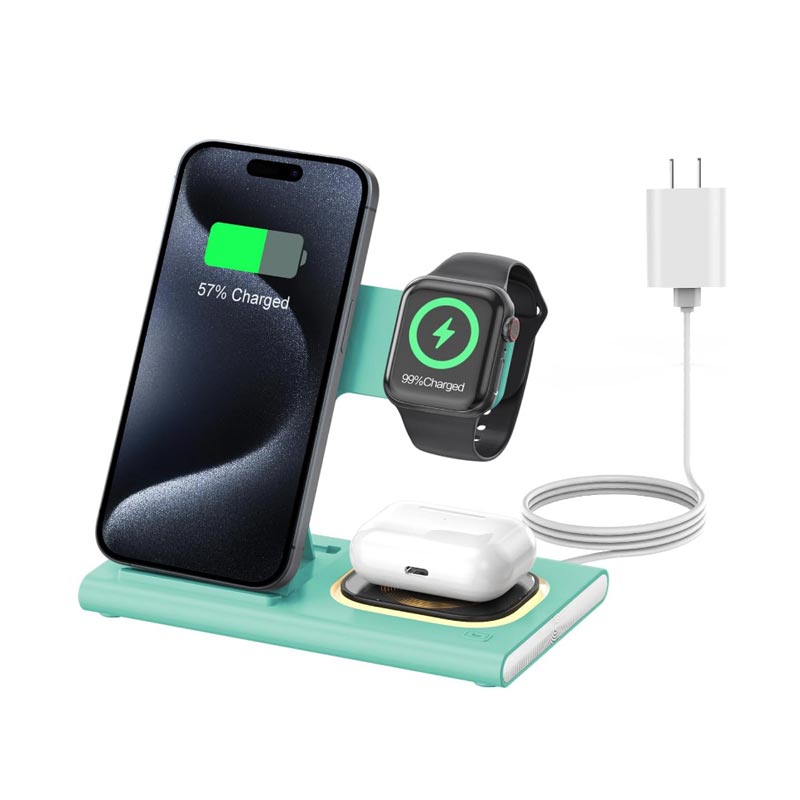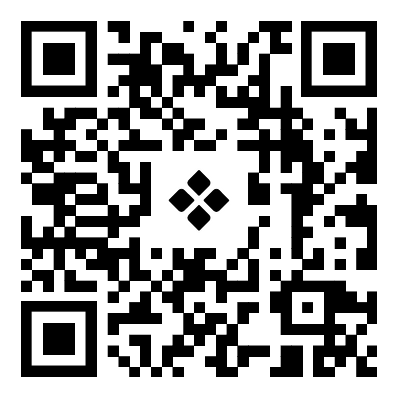Which Questions Should We Ask Before Buying Fast Wireless Power Solutions
2025-10-10
When I think back over my 20 years at Google’s infrastructure and hardware divisions, one thing becomes clear: wireless charging is no longer a fringe convenience but a key differentiator. In the world of fast wireless power, Zhitie stands out as a brand committed to pushing performance, reliability, and compatibility. In this post I’ll walk you through how we approach fast wireless power design, why our solutions stand out, and how you can tell you’re getting real value (and not just marketing buzz).
What Makes a Wireless Charging System Truly “Fast”
Before evaluating any product, it’s helpful to revisit how wireless charging works—and what limitations are built into the physics.
-
The heart of wireless charging is inductive coupling (or in some advanced systems, resonance). A transmitting coil generates a magnetic field, which induces current in a receiving coil in your device.
-
The original Qi standard (Basic Power Profile) supports ~5 W of wireless charging.
-
The Extended Power Profile (EPP) upgrade allows up to 15 W in many modern devices.
-
Some vendors push proprietary schemes (20 W, 30 W, or even higher) but those usually require tightly matched hardware.
In practice, “fast” means not just a big watt number but efficient power transfer, good thermal control, and compatibility with many devices. A 30 W wireless pad is meaningless if your phone can only receive 15 W, or if heat kills performance.
How Do We Define Our Fast Wireless Power Solutions at Zhitie
Because I’ve overseen many design review cycles, I’ll share how we at Zhitie approach fast wireless charging with a rigorous engineering mindset. Our solutions aim to balance speed, safety, and compatibility. Below is a high-level checklist we constantly test against:
| Feature | Target / Spec | Why It Matters |
|---|---|---|
| Nominal Output Power | 10 W / 15 W / 20 W / 30 W (depending on model) | Supports mainstream devices, as long as the receiver supports it |
| Efficiency | ≥ 80 % coil-to-coil | To minimize wasted energy and heat |
| Thermal Regulation | Active or passive cooling; auto-throttle above ~45 °C | Protects battery health and maintains sustained speed |
| Foreign Object Detection (FOD) | Yes, with shutdown behavior | Avoids heating of unintended metal objects |
| Certification | Qi / Qi2 / CE / FCC / RoHS | Ensures cross-brand interoperability and compliance |
| Coil Alignment & Multi-coil Design | Multi-coil overlapping coverage | Reduces the need for precise placement |
| Communication Protocols | Dynamic negotiation of current/voltage | Matches what the device can actually accept |
| Materials & Shielding | Ferrite substrate, shielding to block stray fields | Ensures EMI / EMC compliance and user safety |
When we release a model, we also publish electrical and mechanical parameters so integrators and OEM clients can plan accordingly.
What Are the Key Product Parameters You Should Know
From my many reviews, I’ve found that not all spec sheets are equally helpful. Here’s a breakdown of the parameters I insist on seeing—and how to interpret them:
Essential Parameters (and Interpretation)
-
Rated Output Power — this is the maximum the pad can deliver under ideal conditions.
-
Efficiency (coil-to-coil) — how much input power actually makes it into the device. A 30 W pad with 60 % efficiency effectively delivers only 18 W.
-
Thermal Curve / Throttling Point — when does output get reduced to avoid overheating?
-
Operating Temperature Range — because deployment environments vary (office, car, outdoor).
-
Foreign Object Detection Sensitivity & Response Time — crucial for safety.
-
Supported Voltage & Current Ranges — e.g. 5 V / 9 V / 12 V, etc.
-
Coil Geometry / Coverage Area — how tolerant is the placement offset.
-
Standards and Certifications — Qi, Qi2, EMC compliance, etc.
-
Form Factor & Dimensions — especially for embedding in furniture, vehicles, or consumer products.
-
Connector / Interface — USB-C, proprietary connector, or embedded wiring.
Here is an example spec summary of one of our flagship models (for illustration):
| Parameter | Zhitie Model ZX30 | Remark |
|---|---|---|
| Rated Output | 30 W | Max under ideal alignment |
| Efficiency (coil-coil) | ~ 82 % (typical) | Verified in lab testing |
| Throttling Start | ~ 45 °C | Above this we reduce output gradually |
| Operating Temp Range | –10 °C to +50 °C | Covers most use cases |
| Supported Voltages | 5 V, 9 V, 12 V | Auto negotiation |
| Coil Coverage | 70 × 70 mm area (multi-coil) | More forgiving alignment |
| Certifications | Qi2 (Magnetic Power Profile), CE, FCC | Interoperable with many phones |
| Dimensions | 100 × 100 × 10 mm | Slim profile |
| Connector | USB-C (PD 3.0) | Universal and future-proof |
How Do We Address Common Customer Pain Points
Over two decades at Google, I often encountered customers complaining about “wireless chargers that get hot,” “phones not receiving full speed,” or “poor alignment leading to unreliable charging.” Let me walk through how we tackle each.
Why does my phone throttle the charging speed?
Even if the pad can deliver 30 W, your device may only support 10 W or 15 W. Devices negotiate power. If temperature climbs too high, the phone’s internal system can reduce acceptance to protect battery life. We mitigate this by optimizing efficiency, using cooling (heat-dissipation materials or micro-fans), and designing multi-coil layouts that reduce hotspots.
Why does it feel warm / get hot?
Wireless transfer inherently produces waste heat. The goal is to manage it, not eliminate it. We use thermal simulations, high-grade substrates, copper thickness optimization, and heat sinks or ventilation channels to maintain safe operating temperature.
What if the alignment is off?
With a single coil design, misalignment can drop power dramatically. We adopt overlapping multi-coil layouts, so users don’t have to find an exact “sweet spot.” MagSafe / Qi2 magnet-assisted alignment helps too, if the device supports magnetic alignment.
Will it damage my battery over time?
If power regulation and thermal control are done well, wireless charging is no worse—and sometimes better—than repeated wiring friction. Our internal safety logic and communication with the device ensure we don’t overdeliver current or voltage.
Is compatibility a problem across phones/brands?
If a charger is Qi certified (or Qi2 for magnetic alignment), it should work with most devices. Proprietary high-power charging (e.g. 50 W wireless) often requires matching hardware. We aim for broad compatibility while offering advanced models for partners who can guarantee matching devices.
How Should You Choose (or Validate) a Fast Wireless Power Product
Here’s a practical checklist I often hand out to clients when they evaluate wireless charging units (or suppliers):
-
Check the maximum wattage versus what your device supports
-
Look for efficiency and thermal specifications
-
Check real-world user reviews (not just marketing claims)
-
Test misalignment tolerance
-
Test under real-world temperature stress
-
Request certification documents (Qi, EMC, safety)
-
Check firmware / chipset upgradeability
-
Plan for durability—mechanical stress, repeated use
-
Check ease of integration (size, connector, mounting)
-
Ask for direct performance datasheets (lab curves rather than just peak figures)
Why Zhitie’s Fast Wireless Power Solutions Are a Strong Choice
From my perspective inside the industry, here are some real differentiators we emphasize (because I’ve seen which ones end up causing trouble in the field):
-
We only release models after multi-phase lab and field validation (thermal, EMI, long-term wear).
-
We publish detailed datasheets, not just “up to XX W” marketing.
-
We support firmware updates to tune performance post-installation.
-
We maintain backward compatibility (i.e. they fall back to lower power for legacy devices).
-
We prioritize heat management and multi-coil layouts to reduce user friction.
-
We offer integration support (mechanical drawings, ESD, shielding advice).
Ready to Move Forward—Let’s Power Together
I hope this deep dive helps you understand what “fast wireless power” really means (beyond marketing hype), and gives you confidence in evaluating real solutions. If you're considering integrating wireless power in your product line, or want to test our Zhitie units in your environment, please contact us or leave an inquiry below. I’d be happy to share tailored spec sheets, sample units, and deployment advice. Let’s get your project wired-free and future-ready—contact us now.



